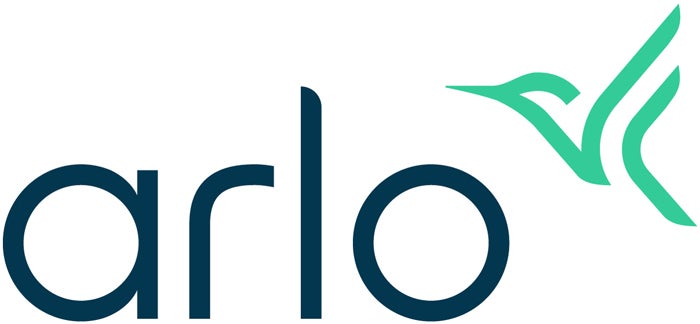“On TV & Video” is a column exploring opportunities and challenges in advanced TV and video.
Standing out in a category dominated by Google Nest and Amazon’s Ring isn’t easy.
Just ask security device manufacturer Arlo Technologies.
Arlo, which produces smart home security cameras, doorbells, lights and related accessories, was spun out of networking hardware maker Netgear as a separate public company in 2018.
As an independent entity, Arlo’s first order of business was to pour money into performance marketing to drum up sales, which is what it did for nearly three years. But there was a problem: A lot of people still don’t know what Arlo is.
In early August, Arlo launched its first-ever brand campaign, “Protect Your Everything,” spanning both national TV and streaming, with digital and social also in the mix.
“This is our first foray actually driving brand awareness and building the top of the funnel for our business,” Lily Knowles, Arlo’s SVP of sales, marketing and customer care, told AdExchanger.
Knowles joined Arlo in 2019 as its first hire focused on building and overseeing a brand-new marketing team. “We had to rethink both our investment and our media strategy to expand our audience,” she said.
Pre-TV
But TV wasn’t Arlo’s first move. Arlo started out by pumping money into the bottom of the funnel.
First, Arlo struck distribution deals with online retailer platforms, including Target, Best Buy and Amazon (despite the fact that Arlo competes directly with Amazon’s Ring). In 2019, Arlo launched its own DTC platform and started spending on search and social ads to drive traffic to its site.
But these efforts didn’t generate the sales volume Arlo was expecting.
Turns out, users weren’t completing transactions after landing on Arlo’s website because of a lack of brand familiarity.
“Based on our research, the predominant reason folks didn’t end up buying was attributed to the fact they didn’t know we existed,” said Knowles, noting that users who were aware of the Arlo brand had “much stronger conversion rates.”
Secure investment
Which is where TV comes in. The new TV-focused campaign is part of a major awareness push.
Arlo’s focus on achieving household reach is why it’s combining its linear and connected TV buys, rather than focusing more on one or the other.
The idea, Knowles said, is to combine the wide reach of linear with the granular targeting capabilities of CTV to reach broad audiences that demonstrate interest in categories related to Arlo’s products, such as tech, home goods and/or privacy and security.
By incorporating TV into its digital media buys, Arlo can generate better website traffic and conversions and have more effective attribution.
“We’re looking to link the journey from a TV ad to our website to better understand users’ shopping behavior,” Knowles said. “Whether they buy [an Arlo product] from us or from another retailer, we can tie those KPIs back to the efficacies of our media properties in the upper funnel and keep sharpening our strategy and audience segments over time.”
Arlo expects that TV will make up most of its media budget in the near term.
Come one, come all
Arlo’s original investment in its DTC business underscored the need to expand the brand’s target audience pool beyond its original demo.
“Our core customer profile [used to be] male homeowners in their 40s, which is a very narrow, specific audience,” Knowles said. “But two to three years ago, when we started really investing in our DTC channel, we noticed our audience demo was shifting.”
Security is no longer a male-dominated interest sphere. People use smart home cameras to track everything from the packages on their doorstep to whether their kids came home from school on time – and those use cases transcend gender.
TV is an effective way to reach this wider market.
“Our shoppers are pretty evenly mixed between men and women,” Knowles said. “It’s a very wide gamut, which is also exactly why we needed to broaden our audience.”
Arlo’s first TV campaign is also its first full-funnel campaign, Knowles said. Investing in brand awareness means it’s able to more directly link brand lift to purchase intent and conversions across channels.















